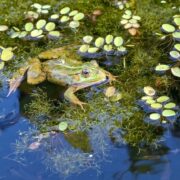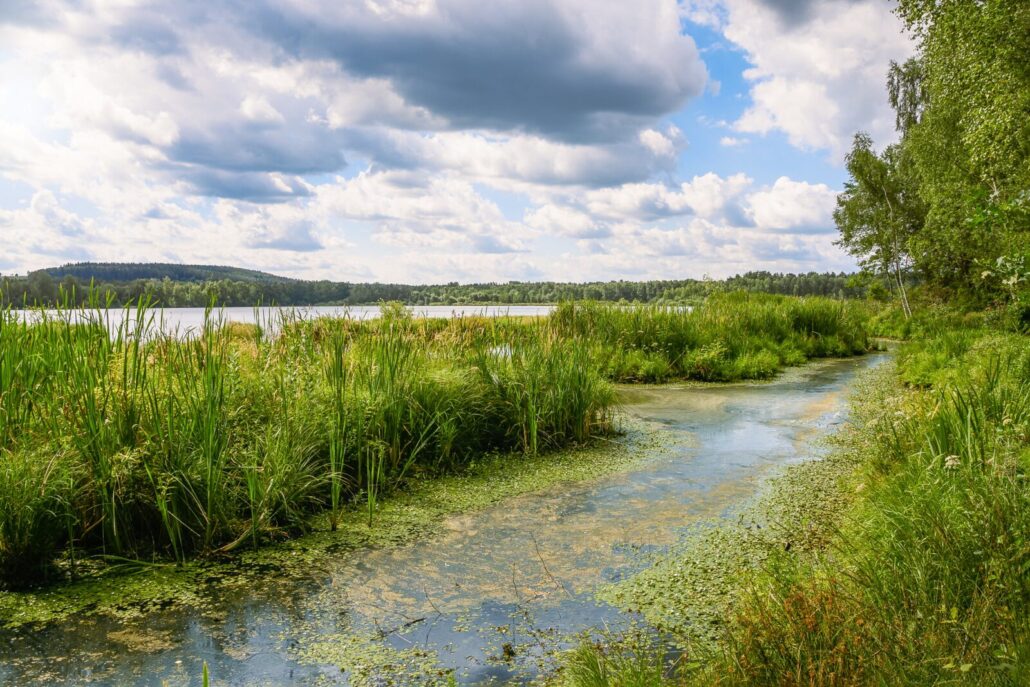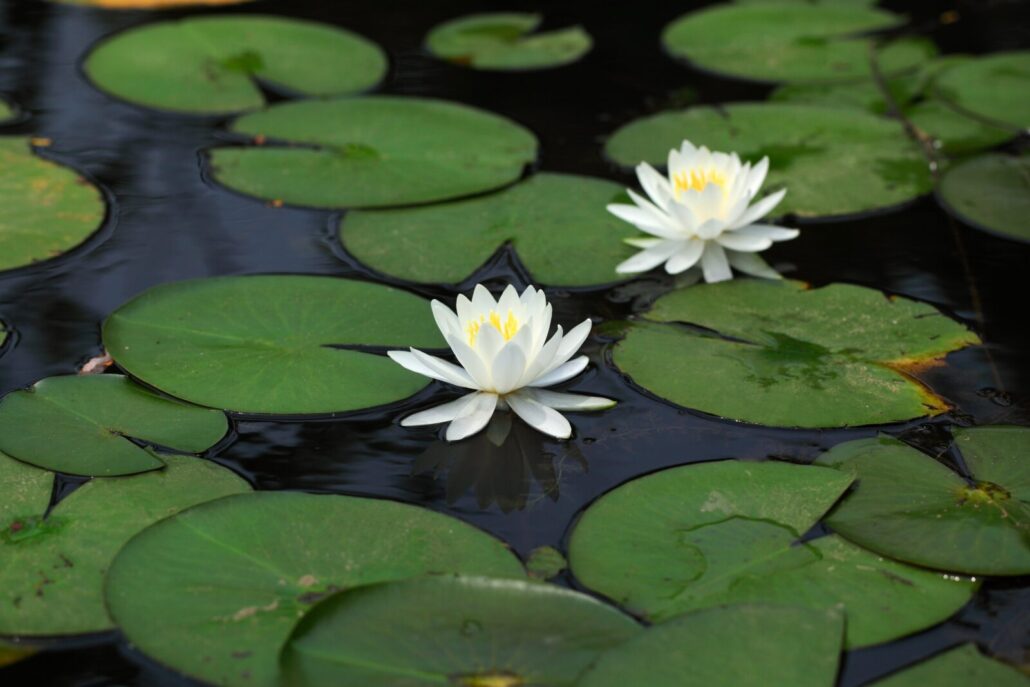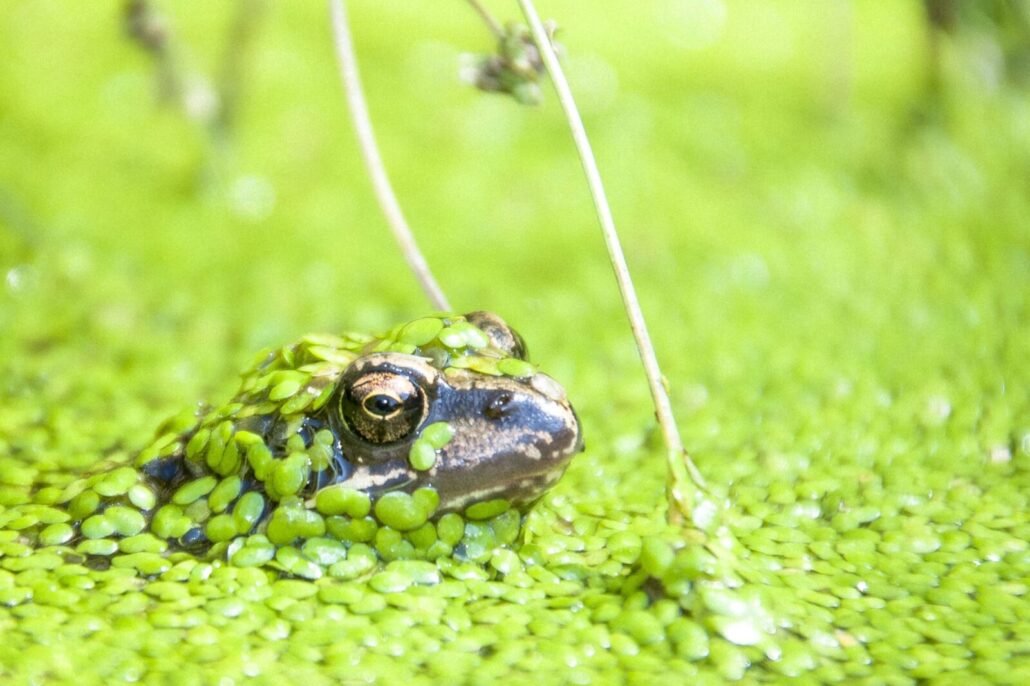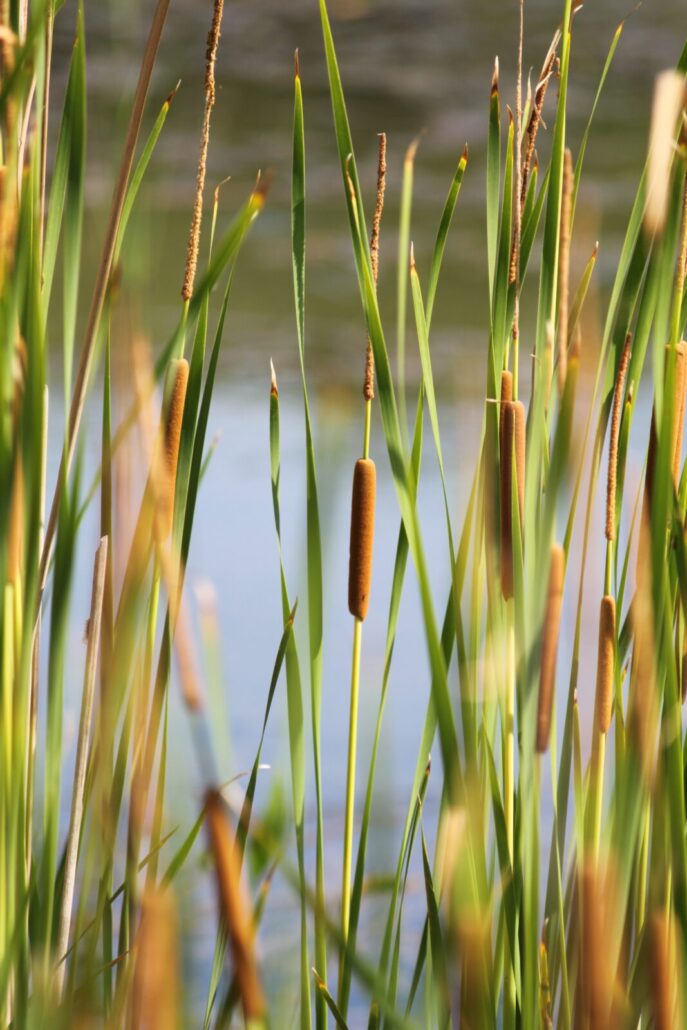AQUATIC PLANTS, A WORLD TO DISCOVER
We’re all familiar with terrestrial plants, such as the deciduous or coniferous trees and herbaceous plants that grow around us, but can you tell the difference between them and aquatic plants? This is a short guide to recognize different types of aquatic plants. A way to impress your companions on your next walk in nature !
The aquatic environment differs from the terrestrial environment, as you’d expect, by the presence of water. It creates an intermediate distance between the ground and the air. Water contains much less oxygen than air and receives less light deeper you go. So, over time, plants have acquired special adaptations for living in this environment.
Interestingly, did you know that aquatic plants have a special name? They are called hydrophyte.
Submerged plants
Submerged plants, as their name suggests, are located underwater. They are rooted in the soil and their leaves move with the currents. To maximize access to light, some have tiny leaves in a large branched network. This resembles dill leaves.
Rooted floating plants
These hydrophytes are rooted in the soil and their stems extend to the surface. Their leaves, on the water surface, can have equal access to the sun’s rays as land plants. Water lilies are a good example of a rooted floating plant.
Non-rooted floating plants
Non-rooted plants? Yes, these hydrophytes have small roots that float in the water and are able to take nutrients directly from the water, rather than from the soil. Their photosynthetic part is out of the water. These plants are moved randomly by the current to a more or less sunny spot.
Emergent plants
When you see a cattail plant on the edge of a pond, you can often see how it rises out of the water. It’s one of those plants with submerged roots that grow around the edges of a body of water. They have stems that emerge from the water and leaves that develop with the maximum available light.
Here are a few notions to help you better understand our precious environment. This diversity is a pleasure to observe outside on a lake, river or wetland. It also provides a diversity of habitats for the many animal species that frequent aquatic environments.
Have a great walk !

